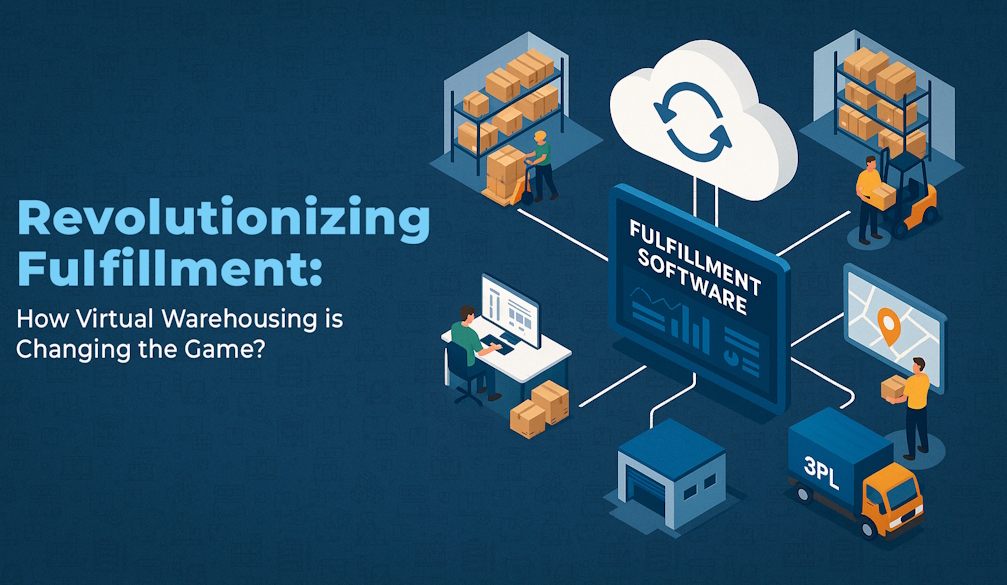The Role Of Packaging In Food Safety And Quality Assurance
- Written by NewsServices.com

In the global food industry, maintaining the integrity and safety of products is of paramount importance. As consumers become increasingly health-conscious, food companies must continuously innovate and adapt their strategies to meet these demands.
One of these strategies includes the proper use of packaging, the importance of which in food safety and quality assurance can’t be overstated. It plays a vital role in protecting products and preserving their quality, thereby ensuring that consumers receive products in their best condition.
If you’re in the food industry, keep reading this article to learn the role of packaging in food safety and quality assurance.
- 1. The Defensive Barrier: Protecting Food From Contamination
One of the essential roles of packaging is to protect products from the risk of contamination. It provides a barrier against physical, chemical, and biological intrusions. Physical intrusions may include dust and dirt, while chemical ones can be any harmful substances present in the surrounding environment. Biological contaminants are typically microorganisms like bacteria, fungi, and viruses.
Among the numerous types of packaging available to defend food products against these hazards, packaging boxes have emerged as an indispensable solution. They’re particularly versatile, serving an array of purposes in the food industry and helping prevent contamination, thereby safeguarding the integrity of the food and ensuring its safety for consumption.
- 2. Extending Shelf Life: The Role Of Packaging In Food Preservation
Another critical function of packaging is in food preservation. Proper packaging can increase the shelf life of products, a factor that’s critical in reducing waste and preserving product quality. For instance, boxes often contain modified atmospheres or vacuum seals that slow down microbial growth and enzymatic reactions that lead to spoilage.
As a result, by extending shelf life, packaging contributes to the overall quality, reduces waste, and ultimately leads to a more sustainable food industry.
- 3. Communicating Information: The Need For Clear And Accurate Labeling
Packaging is also a key communication tool between the food manufacturer and the consumer. It carries critical information about the product, including its ingredients, nutritional value, and expiration date. For example, clear and accurate labeling on packaging boxes is essential in helping consumers make informed choices and use products safely. This information is particularly vital for individuals with specific dietary restrictions or allergies.
Generally, government agencies responsible for food safety and quality assurance have strict guidelines in place for labeling. They require manufacturers to list key information in a manner that’s easily understood by consumers. Therefore, packaging plays a significant role in regulatory compliance by ensuring that products meet established safety standards and practices.
- 4. Advanced Technologies: Packaging And Food Quality Monitoring
In recent years, there has been significant progress in packaging technology, which has led to the development of intelligent and active systems. Intelligent packaging can monitor the condition of food products and indicate potential quality issues, such as spoilage or contamination.
Active packaging, on the other hand, interacts with the food product to maintain or improve its quality. Such interaction can include absorbing moisture, releasing antimicrobial agents, or regulating oxygen levels within the packaging. These advanced technologies offer innovative ways to monitor and improve safety and quality. This only shows how packaging continues to evolve in response to industry needs in terms of safety and quality assurance.
- 5. Sustainable Packaging: The Future Of Food Safety And Quality Assurance
As the world grapples with environmental issues, the food industry is increasingly turning towards sustainable packaging solutions. Biodegradable and recyclable materials are being used to reduce the environmental impact of food packaging.
However, it's important to note that sustainable packaging must still meet the critical requirements of food safety and quality assurance. This premise introduces new challenges and opportunities for innovation in packaging design and materials. Research is ongoing into the use of biopolymers and other environmentally friendly materials that can provide the same level of protection as traditional materials
Final Thoughts
Packaging plays a multifaceted role in food safety and quality assurance in the global food industry. It protects against contamination, extends shelf life, communicates vital product information, and is increasingly incorporating advanced technologies for improved safety and quality monitoring.
As the industry moves towards sustainability, packaging will continue to evolve while maintaining its crucial role in ensuring the safety and quality of products. To meet the demands of an ever-evolving food industry, manufacturers, regulators, and consumers must acknowledge and appreciate the vital role that boxes and other forms of packaging play in ensuring safety and quality assurance. The importance of packaging can’t be overstated in our collective pursuit of a healthier and safer supply chain.











